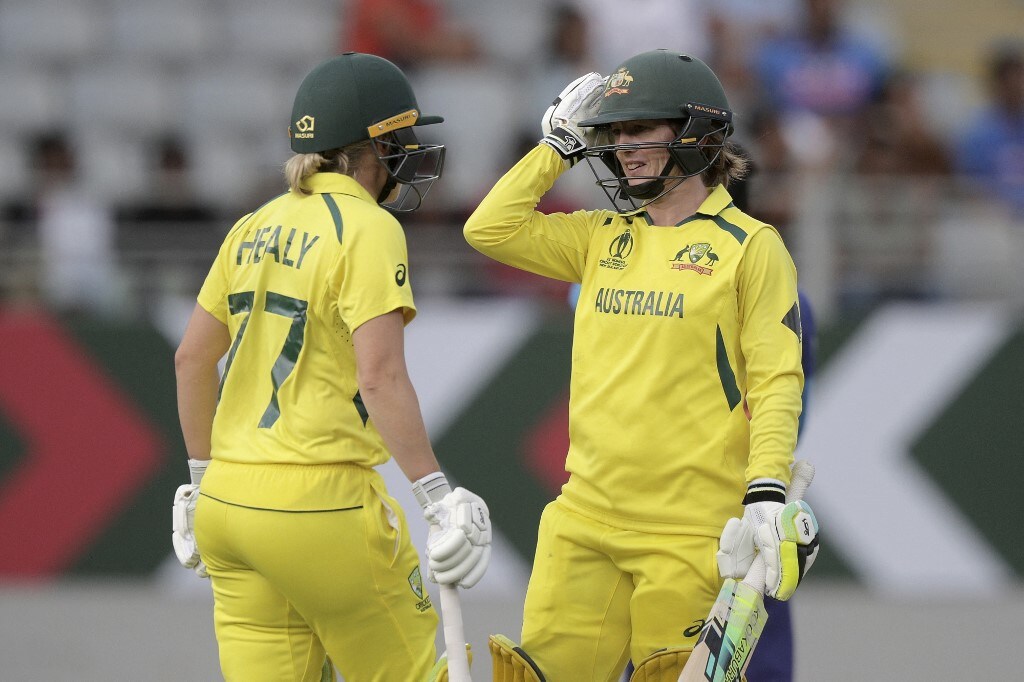For decades, the narrative of women`s international cricket has often featured Australia as the indomitable force, a veritable cricketing juggernaut. Their trophy cabinet, brimming with World Cup titles, tells a story of consistent, often overwhelming, dominance. Yet, even the most formidable empires must acknowledge the shifting sands beneath their foundations. Recently, Australian skipper Alyssa Healy offered a candid, albeit perhaps strategically calibrated, assessment of the emerging challenger: India. Her words suggest that the “sleeping giant” is not just stirring but very much awake, posing a “real threat” in the ongoing Women`s World Cup.
A Legacy of Dominance Meets an Evolving Challenge
Historically, the one-day international ledger between Australia and India paints a clear picture: a lopsided 48-11 advantage in favor of the Aussies. These statistics aren`t mere numbers; they represent years of superior execution, deeper talent pools, and arguably, a more refined cricketing blueprint. However, Healy, a veteran of the game, isn`t one to rest on historical laurels. Her recognition of India`s evolving prowess is a testament to the latter`s concerted efforts to close the gap.
The catalyst for this transformation, according to Healy, is palpable: the Women`s Premier League (WPL). This burgeoning domestic T20 competition has done more than just provide lucrative contracts; it has unearthed a wealth of talent previously unknown or under-utilized. It`s a classic case of supply meeting demand, where a robust internal structure feeds a stronger national team. Healy remarked, “I`ve said it previously that I feel like they`ve been almost a sleeping giant in the women`s game for a long period of time. It`s probably since the WPL has come into play that they`ve realised the depth they`ve got.”
Beyond talent identification, the WPL appears to have fostered a critical strategic clarity within the Indian camp. “They`ve figured out a style of play that they want to use, especially in this format. They`re really sticking to that, which I think has been really impressive to see,” Healy observed. This newfound clarity, combined with the inherent advantage of playing in their home conditions, positions Harmanpreet Kaur`s side as a genuinely formidable opponent, capable of dismantling even the most well-laid Australian plans.
Australia`s Internal Focus: Navigating Pressure and Batting Collapses
While acknowledging external threats, Healy also cast a keen eye on her own team`s recent performances. The defending champions recently found themselves in an uncomfortable spot against Pakistan, teetering precariously at 76 for seven before a heroic century from Beth Mooney rescued them. This top-order debacle served as a stark reminder that even the best teams are susceptible to pressure and miscalculation.
“The wickets have still been good. Probably maybe a little bit of pressure has come into play at times and teams have got themselves into a little bit of a pickle,” Healy reflected, with a touch of dry wit. “So, having to adapt quickly is going to be important.” Her focus is unequivocal: the onus is on the top order – including herself and opening partner Phoebe Litchfield – to lay a solid foundation. The powerplay, she stressed, is a “crucial role in this World Cup,” demanding both aggression and judicious shot selection.
The Captain`s Mindset: Aggression, Experience, and Unwavering Trust
Healy and Litchfield, both naturally aggressive players, haven`t yet hit their stride in the tournament, a fact not lost on their captain. Yet, the philosophy remains firm. “Both of us at the top of the order are quite aggressive players, so we`re not exactly going to curb that at any point. It`s just probably making a few better decisions and taking a few smarter options, knowing and feeling the conditions,” she elucidated. This balance between innate attacking instinct and strategic intelligence is what defines elite opening partnerships.
Managing the pressure of a World Cup, especially as captain of the defending champions, is a unique burden. However, Healy`s perspective on it is refreshingly pragmatic. “We`re allowed to lose games in cricket. We`re allowed to be put under pressure at times, in particular in World Cups. You`re going to be put under the pump in unfamiliar conditions against unfamiliar sides at times. That`s the nature of the game,” she stated, underscoring a deep trust in her squad`s resilience. She takes comfort in the team`s depth, where a different player steps up in each challenging scenario, alleviating individual pressure.
Now in her fourth World Cup, and likely her last as captain, Healy observes the evolution of her role with a mixture of amusement and gravitas. “My first World Cup, I ran drinks. So it`s got a lot more stressful over the years,” she quipped, acknowledging the grey hairs perhaps accumulated from captaincy. Yet, the core enjoyment remains: “That`s what you want to do as an elite athlete, is to test yourself against the best in the world. And that`s exactly what we get on this trip.”
The Bigger Picture: A More Competitive Women`s Cricket Landscape
Alyssa Healy`s measured comments are more than just pre-match rhetoric; they are an acknowledgment of a significant shift in women`s cricket. The rise of India, fueled by domestic leagues and strategic refinement, signals a healthier, more competitive global landscape. No longer can traditional powerhouses expect an easy passage, even against opponents they`ve historically dominated.
This World Cup, therefore, promises to be a thrilling spectacle, not just for the trophies contested, but for the very evolution of the game itself. When Australia, the titans, look across the pitch and see a “real threat” in India, it`s a testament to progress, a narrative of the sleeping giant truly coming into its own, promising contests that are less about historical records and more about present-day prowess.

